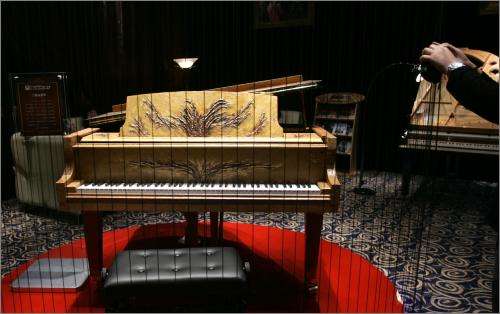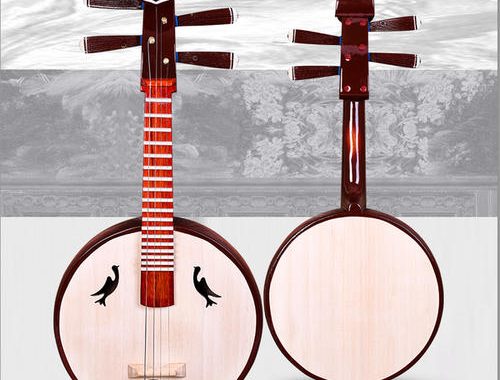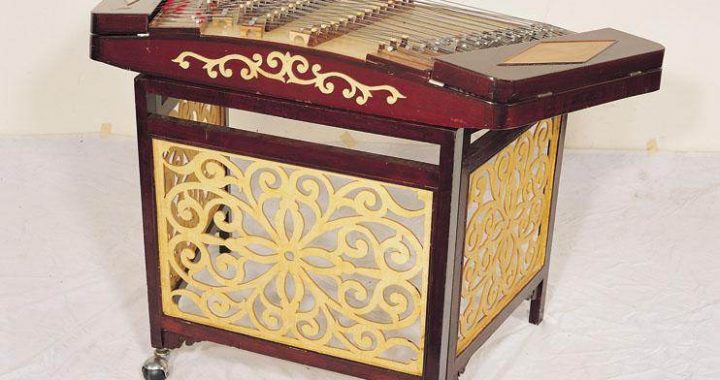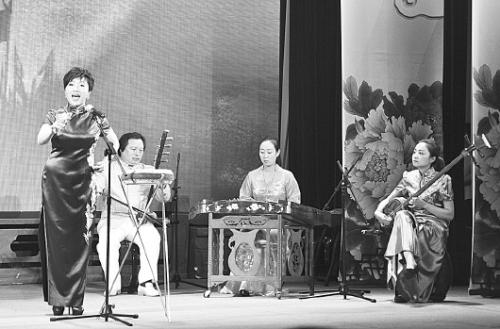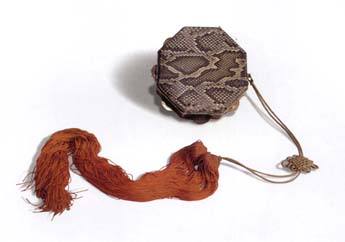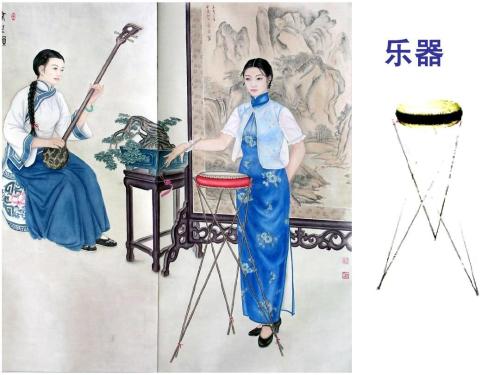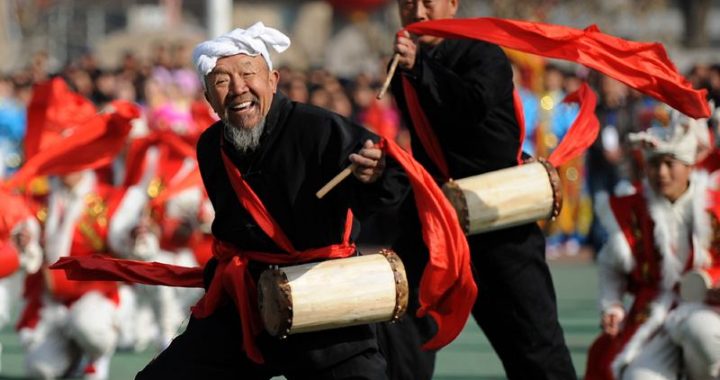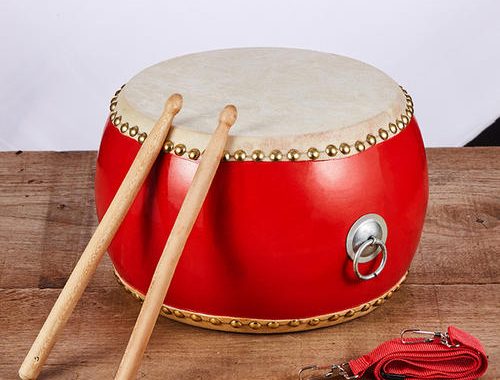Chinese National Orchestra in Vienna
1 min readThe yangqin (hammered dulcimer), one of the few Chinese hammered string instruments, was first improved in 1953. At that time, musical innovator Zhang Zirui radically redesigned the small two-octave folk yangqin, enlarging the resonating body, improving the tone and tuning method, and increasing the volume to create the “naturally tempered” yangqin. Most importantly, he incorporated traditional Chinese “natural temperament” tuning, also known as “just intonation” tuning, making it possible for the player to easily shift among twelve different keys. This was a major breakthrough in Chinese instrument reform,and was used by subsequent yangqin innovators to varying extents.

“Natural temperament” tuning is a central concept of ancient Chinese musical theory. It is much more practical and convenient than Western “equal temperament” tuning, which divides the octave into twelve equal intervals. Later instrument reforms produced “natural temperament” versions of instruments in-cluding the paisheng (reed pipes), huangfengqin (reed organ), banyinjie muqin (chromatic xylophone), and yugu (a bamboo percussion instrument). In 1991, the “natural temperament” tuning system was used in the United States on a pentatonic electronic keyboard, and in 1992 it was used in Germany on a large ac-cordion. Instruments that use “natural temperament” tuning represent the synthesis of the best of ancient Chinese music and modern science, and are a major contribution of the Chinese people to world music.

